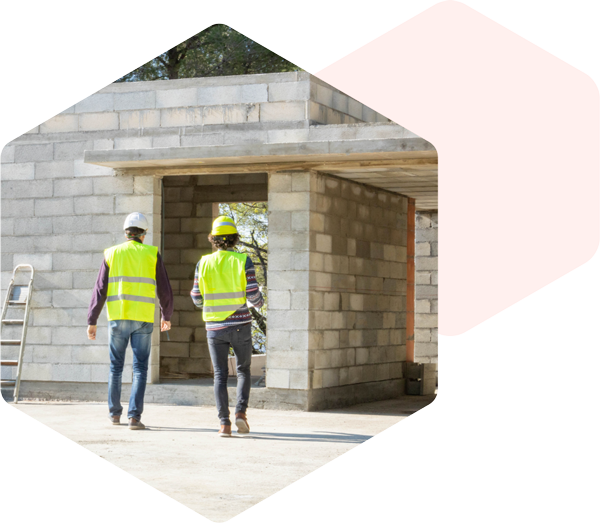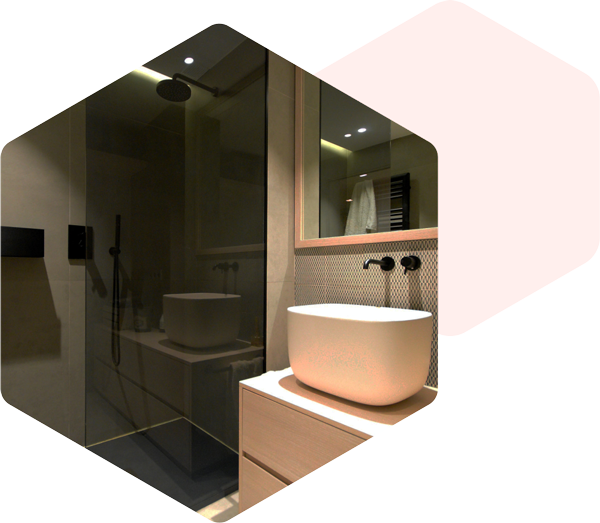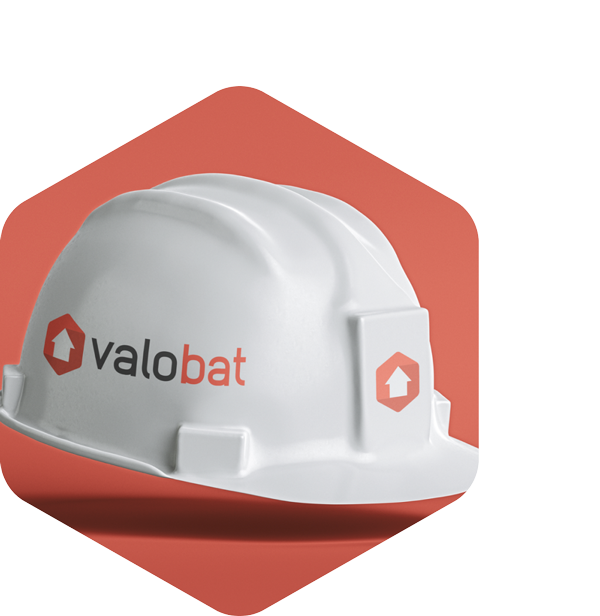EPR in the building industry
Les metteurs sur le marché de Produits et Matériaux de Construction du secteur du Bâtiment (PMCB) sont tenus, depuis 2022, de s’assurer de la gestion de la fin de vie de leurs déchets dans le cadre de la REP.
Qui sont les metteurs sur le marché concernés par la REP Bâtiment ?
- Industrial manufacturers All companies whose activity is devoted, at least in part, to the industrial or artisanal production of materials, products, components and equipment for the construction industry
- Distributors making products available under their brands
- Importers of construction products and materials of construction products and materials intended to be sold to the owner or to construction companies... (NB: TheDistributors marketing products from abroad are producers for their imports)
Quelles sont les catégories de produits concernées par la REP Bâtiment ?
Il s’agit de l’ensemble des produits et matériaux fabriqués en vue d’être incorporés, assemblés, utilisés ou installés sur les chantiers. Ils ont été répartis en deux catégories principales : inertes et non inertes.

Building products and materials made up mainly of minerals that do not contain glass, mineral wool or gypsum, belonging to the following families:
a) Concrete and mortar or contributing to their preparation
b) Lime
c) Limestone, granite, sandstone and lava types
d) Baked or unbaked earth
e) Slate
f) Bituminous mixture or contributing to the preparation of bituminous mixture, excluding bituminous membranes
(g) Aggregate, other than as specified in (a) and (d)
h) Ceramics
i) Construction products and materials of mineral origin not listed in another family of this category

Other building products and materials in the following families:
(a) Construction products and materials made predominantly of metal, except as noted in (d)
b) Construction products and materials made predominantly of wood, other than those listed in d)
c) Mortars, coatings, paints, varnishes, resins, preparation and implementation products, including their containers, other than those mentioned in 7° of article L. 541-10-1
d) Joinery incorporating glass, glazed walls and related construction products
(e) Gypsum-based construction products and materials other than those mentioned in (c)
(f) Building products and materials made predominantly of plastics
g) Bituminous membrane-based construction products and materials
h) Glass wool building products and materials
i) Stone wool building products and materials
j) Construction products of vegetable or animal origin, or other materials not mentioned in another family of this category
Important: Construction products and materials for the public works sector (roads, bridges, etc.) are excluded from the EPR obligation.
Vous mettez sur le marché des produits d’ameublement et ou des articles de bricolage et de jardin ? Retrouvez les catégories de produits concernées par ces deux REP et prises en charge par Valobat
What are the obligations of marketers?
Les REP Bâtiment, Ameublement et Bricolage & Jardin considèrent les producteurs comme responsables de la prise en compte de leurs produits en fin de vie, que ce soit au niveau de leur collecte, de leur recyclage et de leur traitement.
Pour gérer cette étape de vie de leurs produits, les producteurs peuvent soit assumer leur responsabilité de manière individuelle en mettant en place des systèmes adaptés et répondant aux cahier des charges des REP, soit créer collectivement des structures, comme les éco-organismes, qui prendront alors la charge de ces obligations. En versant une contribution financière (eco-contribution) à ces éco-organismes, les producteurs leur transfèrent leurs obligations tout en étant impliqués à chacune des étapes qui les concernent, depuis l’éco-conception du produit jusqu’au traitement en fin de vie, en passant par la collecte, le réemploi et le recyclage.
Les acteurs assujettis aux REP Bâtiment, Ameublement et Bricolage & Jardin font par ailleurs l’objet d’une obligation d’affichage de l’Info-tri (marquage TRIMAN) afin d’éclairer le consommateur, particulier ou professionnel, sur le geste de tri à effectuer pour se défaire de ce produit.
Valobat's role with marketers
La société Valobat, gouvernée par 51 associés leaders dans le secteur du bâtiment, a obtenu un agrément des pouvoirs publics sur trois REP : Bâtiment, Ameublement, Bricolage & Jardin.
Sur la REP Bâtiment (PMCB), Valobat est le seul éco-organisme multi-matériaux agréé sur l’ensemble des flux (inertes et non-inertes).
Son ambition ? Proposer une solution pour chaque déchet du bâtiment et pour chaque partie prenante de l’écosystème. En adhérant à Valobat, les producteurs pourront ainsi transférer leurs obligations à l’éco-organisme et se reposer sur une expertise agréée par l’Etat et la force de nombreux acteurs à travers tout le territoire.



